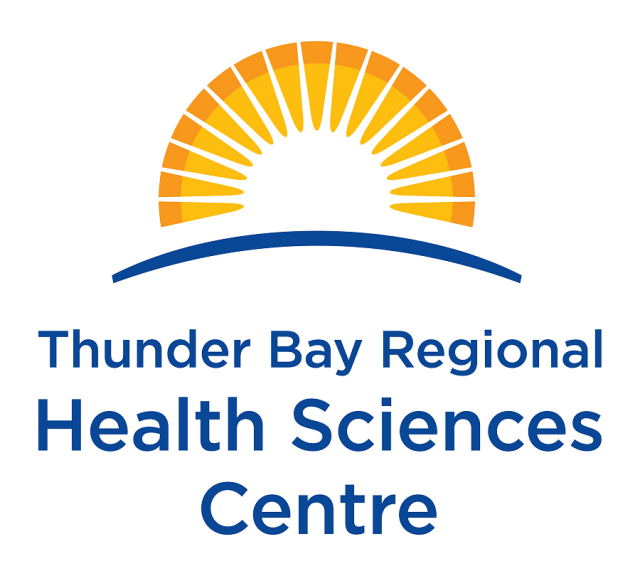Newly Released Data Places TBRHSC High Among Other Teaching Hospitals in Ontario and Canada
by Communications
 Thunder Bay Regional Health Sciences Centre
Thunder Bay Regional Health Sciences CentreEmergency department wait times for physician initial assessment and the cost of a hospital stay are two of several indicators in which Thunder Bay Regional Health Sciences Centre (TBRHSC) compares favourably against other teaching hospitals in Ontario and Canada.
That is according to the latest data released from the Canadian Institute for Health Information (CIHI) made available to the public via Your Health System, a web tool created by CIHI to show how health systems across the country compare with one another. Many of the indicators were recently updated to reflect 2014 data.
The data reveals that TBRHSC compares favourably to other hospitals in several areas, including the cost of a hospital stay. That measurement takes into consideration both costs and length of stay, so is a good overall measure of efficiency and effectiveness. TBRHSC has improved since 2010-11 and rates better than Canadian teaching hospitals, and both the Ontario and Canadian hospital average.
Similarly, although TBRHSC’s administrative expenses are above the Canadian average and have increased somewhat over the past four years, they are considerably lower than the Ontario average, and well below the Ontario teaching hospital average.
“As an organization committed to transparency and accountability for the delivery of services to our patients, we welcome the release of this data, not only to show us where we’re improving,” said Dr. Bill McCready, Interim President & CEO at TBRHSC, Interim CEO at TBRRI. “But it also identifies where more work is needed in order to better serve our patients and families.”
According to CIHI, obstetric trauma (with instrument) is “among the most common adverse events in Canada and may result in longer lengths of stay for mothers, as well as chronic complications.” TBRHSC results have improved consistently over the past three reporting periods and are now better than Canadian teaching hospitals, and both the Ontario and Canadian hospital average.
Other areas where TBRHSC results are better than Canadian teaching hospitals, and Ontario and Canadian hospital average:
- Nursing-sensitive adverse events (medical and surgical) which measures urinary tract infection, pressure ulcers, in-hospital fractures and pneumonia – 2013-14 is the first reporting year for this indicator;
- TBRHSC results for low-risk caesarean sections are improving and in 2013-14 are better than Canadian teaching hospitals, and Ontario and Canadian hospital average;
- TBRHSC results for hospital deaths following major surgery for 2013-14 are better than Canadian teaching hospitals, and Ontario and Canadian hospital average.
- TBRHSC’s Hospital Standardized Mortality Ratio (HSMR) remains below the Ontario and Canadian hospital average. As well, TBRHSC is a high performer (ranked 4 of 12) among Ontario teaching hospitals.
The Canadian Institute for Health Information (CIHI) collects and analyzes information on health and health care in Canada and makes it publicly available. Canada’s federal, provincial and territorial governments created CIHI as a not-for-profit, independent organization dedicated to forging a common approach to Canadian health information. CIHI’s goal: to provide timely, accurate, and comparable health information. CIHI’s data and reports inform health policies, support the effective delivery of health services, and raise awareness about the factors that contribute to good health and health care.
For more information, contact:
Stephanie Rea
Administrative Assistant
Communications, Indigenous Affairs, and Engagement
Thunder Bay Regional Health Sciences Centre
(807) 684-6010
reas@tbh.net